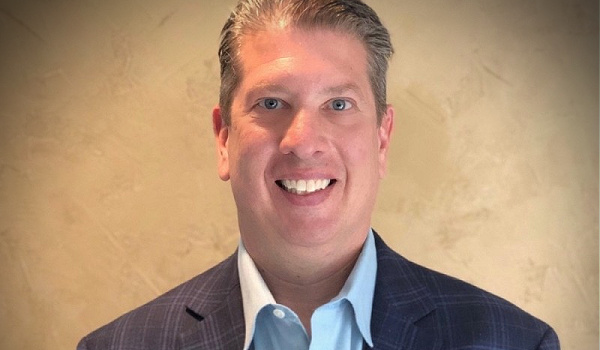Along with the cheer of the holiday season come several challenges that business executives have to overcome.
One of the most critical of these is the budget process.
If the focus of the budget is right, everything else falls into place, especially for wealth management firms that need projected cost personalization at every level of operations.
“As we approach the budget season, planning for the next year, oftentimes the biggest challenge within an organization is prioritization. You can’t get everything done at once. To me, it’s very similar to remodeling your house. It’d be nice to do everything in one fell swoop—the bathrooms, the living room, the kitchen… But we only have a certain budget, so we need to prioritize,” says Michael Partnow, Group President of Wealth Management at JIFFY.ai, an autonomous enterprise platform for the wealth management industry.
Large enterprises mostly have a dated planning process approach that does not involve the voice of the client. This invariably leads to many mistakes down the line—loss of clients, regression in corporate strategy, cost repetitions, bloated budgets, human errors, needless losses, limited product adoption and when adopted, requiring a significant level of customization and so on.
Signals Always Exist
Organizations always show ‘signals’ and vibes when things are falling out of place. In larger organizations, it is harder to know when something goes wrong. Getting to the heart of the problem can be challenging, especially when trying to tailor budgets without understanding the client needs.
“Within larger enterprises, one of the most significant challenges is that the voice is often ‘inside-out’ and not ‘outside-int’,” Partnow says. “Who’s setting those priorities? How involved are the client-facing teams in the budgeting process, to have a voice of the client sitting there and adding insights that help to set the right priorities for the budget? “
Pivot from Inside Out to Outside In
Executives who plan budgets focus largely on compliance and regulatory issues. So, instead of having a client-centric budget, the organization needs becomes the center of focus.
But all hope is not lost, as responsive organizations can correct these issues on-the-go.
“A responsive organization takes an ‘outside-in’ approach and views the opportunities and their impacts across the entire value chain. How are we faring within the realm of the broader industry? What is the impact on the home office? What is the impact on the advisor? What is the impact on the investor?” says Partnow. “If the answers to these questions can add pertinent insights that can create opportunities and benefits across the entire value chain, the organization can only then work towards satisfying or exceeding those needs. That’s how forward-looking organizations end up adopting emerging technologies such as automation—to create efficiencies wherever possible”.
How to Determine the Client’s Voice When Preparing Budgets
While nothing is cast in stone, a few pointers can determine how clients get represented during the planning process. The first consideration leaders must make is to ensure that client teams have input in the process from the get-go.
Clients can also be a part of the process indirectly.
“I think a formal and structured body, like a Client Advisory Board, where the purpose is to listen, gives the clients an opportunity to articulate what their current state is, what their future state will be, and co-create something incredibly unique and special— can be an important step towards that end,” says Partnow. “Oftentimes, we think we understand what the client’s needs are. But then six months or a year later, when the product rolls off the assembly line, it fails to hit the mark altogether. To avoid that situation, listening to their voice all along the way is of paramount importance, and it should be involved in the build side too.”
What Does the Future Hold for Budgeting on the US Financial Landscape?
So many things are happening all at once. Tools are getting smarter, and processes are getting faster. But we still need human intervention along the way because of the rising complexities financial organizations face. Yes, things will change, but the choices clients will have will be more, and the never-ending race of finding and following the client’s voice will continue.
“I suppose a fairytale deliberate inclusion of automation with a focus on cost savings, revenue generation, and productivity is going to be pivotal. The days of just hiring more people to get things done faster are over. Automation is going to play a key role in the budgeting process and we are gradually realizing the benefits that exist there,” says Partnow. “What are these benefits? Speed, efficiency, experience, operating expense reduction, and quicker revenue capture are atop the list. Added to these is the ability to move much, much more quickly.”
Going by all indications, the future of personalized budgeting starts today, but with the client top of mind.







